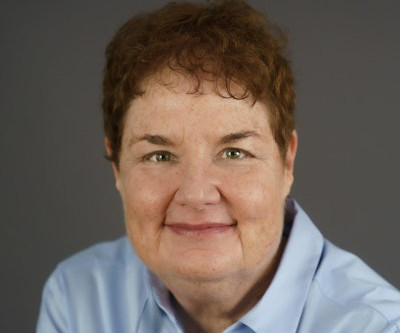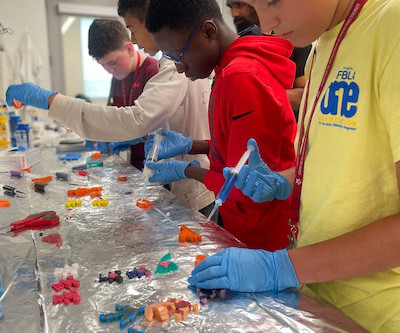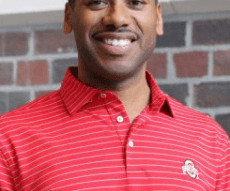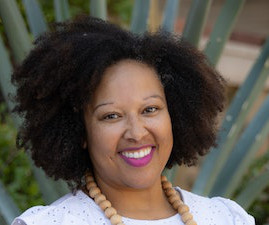Over 100 Organizations Urge Congress to Reverse Federal Education Grant Cancellations
Diverse: Issues in Higher Education
MARCH 4, 2025
The affected programs specifically addressed critical shortage areas including science, mathematics, career and technical education, early childhood education, special education, and instruction for English language learners. Michigan lost TQP grants focused on addressing teacher shortages and improving literacy instruction.



















Let's personalize your content